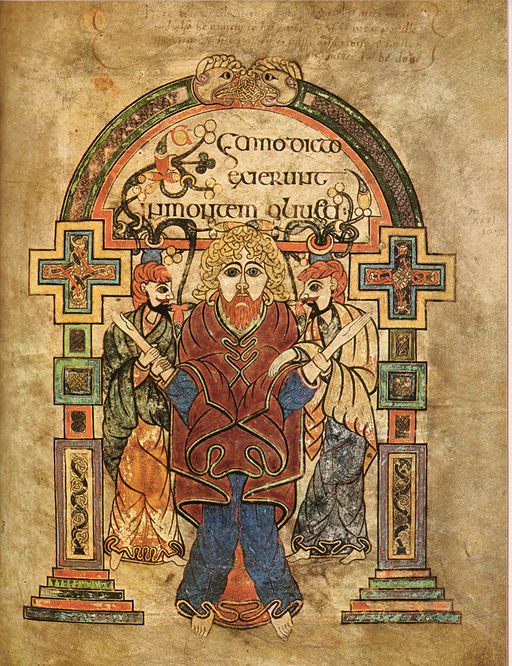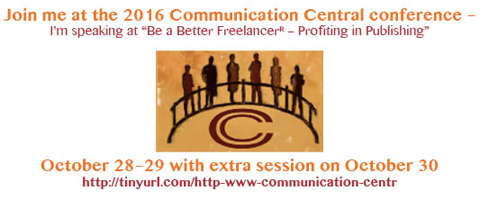I have always enjoyed the arts of calligraphy and illumination. Just as an icon is meant as a means of seeing through to a reality, an illumination allows the reader to see more deeply into a text. One of my favorite illuminated manuscripts is the Book of Kells, a collection of the four Gospels written in Latin and richly illumined. It believed to have been created in a Columban monastery in Ireland, c. 800.
The page above is known as The Arrest of Jesus. Be sure to note the stylized postures, richly detailed borders and symbols, and the ornate text. According to Wikipedia, “Figures of humans, animals and mythical beasts, together with Celtic knots and interlacing patterns in vibrant colours, enliven the manuscript’s pages. Many of these minor decorative elements are imbued with Christian symbolism and so further emphasise the themes of the major illustrations . . . The leaves are on high-quality calf vellum, and the unprecedentedly elaborate ornamentation that covers them includes ten full-page illustrations and text pages that are vibrant with decorated initials and interlinear miniatures and mark the furthest extension of the anti-classical and energetic qualities of Insular art.”
That’s what makes illumination so meaningful for me. It’s both illustrative and symbolic, and every feature of it points directly toward its subject. I think of the hardworking monks bent over the big vellum pages, working during the short daylight hours and possibly by candlelight, and it reminds me that beauty and creativity are never dependent on perfect conditions. May I remember that when I’m tempted to complain about the lighting in my office!
Image courtesy of Wikimedia Commons and labeled as Public Domain in both its country of origin and the United States.


